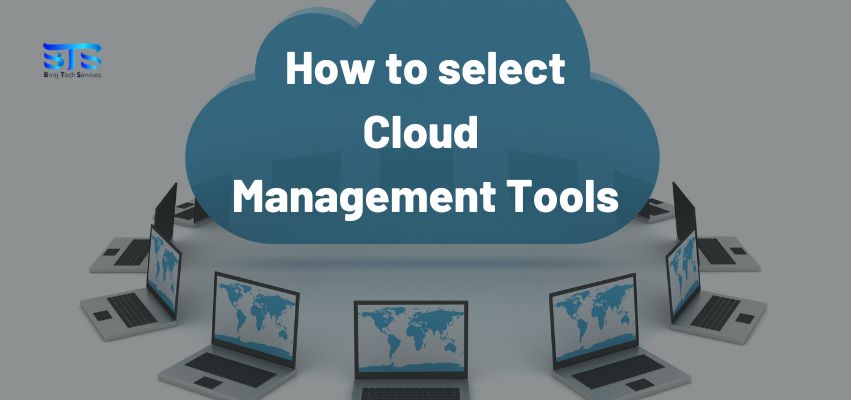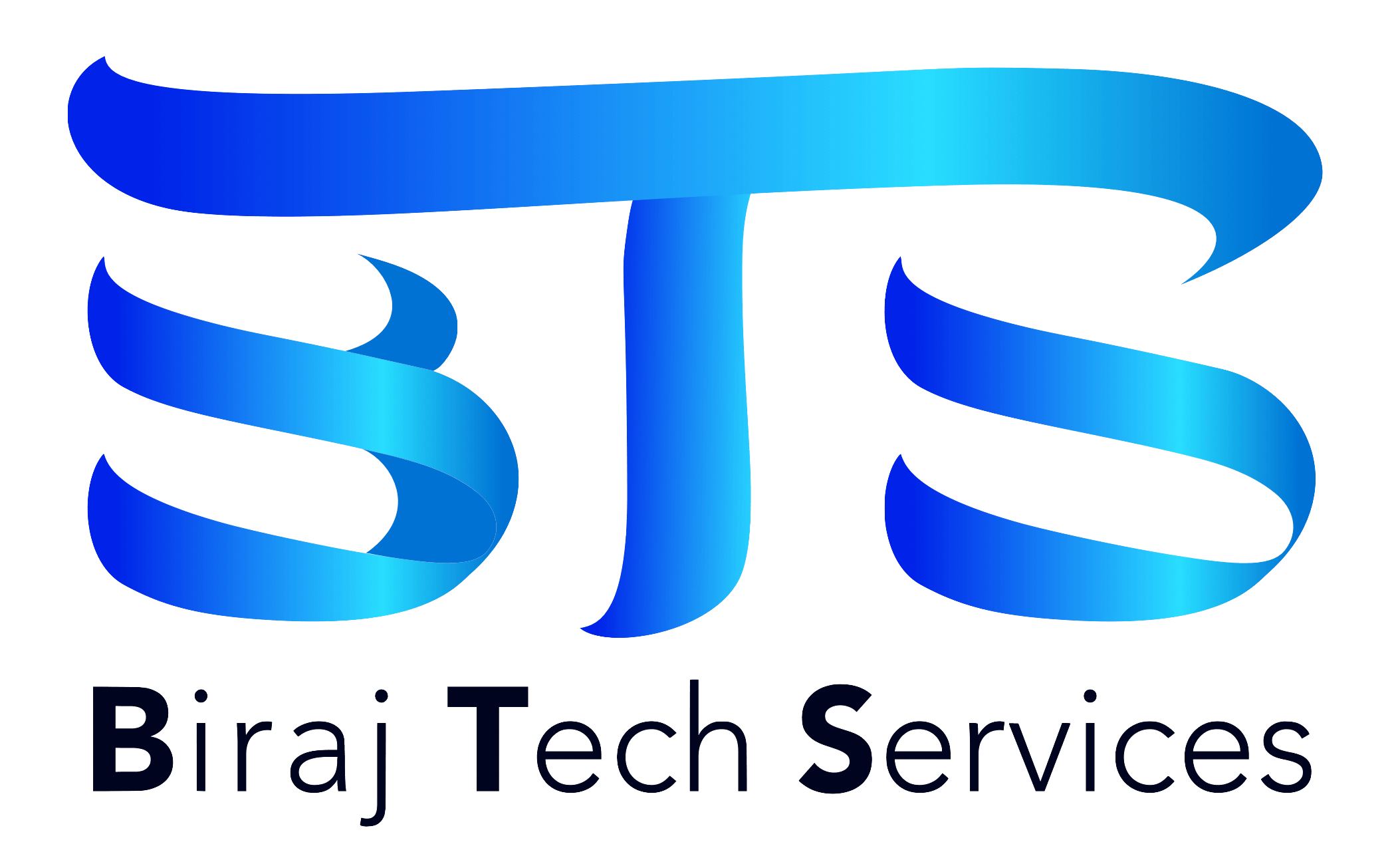
How to Properly Select High-End Cloud Management Tools?
Expert guide to choosing high-end cloud management tools for maximum efficiency and performance.
In today's dynamic business landscape, harnessing the power of cloud computing has become indispensable. However, if you think that cloud computing is just about storing your favorite movies or books on Google Drive, you're missing out on its full potential.
Did you know that 94% of US businesses are already utilizing the cloud? And according to Gartner, global expenditure on cloud apps and services is projected to reach a staggering $600 billion by 2023.
Understanding Cloud Management
As more businesses adopt cloud native applications, the need for effective cloud management tools becomes paramount. Cloud management involves overseeing a company's private, public, or hybrid cloud infrastructure, as well as its cloud computing services and products. It requires a coordinated approach, with administrators utilizing various tools to allocate resources, monitor processes, and make necessary adjustments.
Types of Cloud Environments:
There are four main types of cloud environments:
1. Private Cloud:
A dedicated IT infrastructure designed for exclusive use by a single company or user group. Private clouds offer enhanced security and reliability and are often the starting point for building hybrid cloud solutions.
2. Public Cloud:
A cloud infrastructure shared by multiple businesses or clients, typically owned and managed by a service provider. Public clouds offer scalability and cost-effectiveness and are commonly used for Infrastructure as a Service (IaaS) solutions.
3. Hybrid Cloud:
An infrastructure that combines at least one public and one private cloud. Hybrid clouds enable organizations to leverage the benefits of both public and private clouds, optimizing workflow management based on business needs.
4. Multi-Cloud:
A strategy where a company utilizes multiple cloud service providers, each offering different cloud management platform features. This approach enhances customization and flexibility while minimizing dependency on a single provider.
Popular Cloud Service Models
Cloud services are available in various delivery models:
Software as a Service (SaaS):
Access cloud applications over the internet without the need for downloads or installations. Popular examples include Salesforce, Gmail, and Dropbox. Offers convenience and accessibility, making it suitable for businesses requiring quick access to shared databases or software applications.
Platform as a Service (PaaS):
Provides developers with cloud infrastructure for building and managing applications. Examples include Windows Azure and SAP Cloud. Ideal for database management, application development using containers, and machine learning applications.
Infrastructure as a Service (IaaS):
Grants users access to enterprise infrastructure, including servers, operating systems, and storage. Common examples include Amazon Web Services (AWS) and Microsoft Azure.
Cost-effectiveness, big data utilization, and scalability make IaaS ideal for businesses looking to optimize server maintenance costs and scale computing capacity.
Differentiating High-End Cloud Management Tools
High-end cloud management tools offer advanced capabilities beyond standard solutions. These include:
- Automated Error Handling: Automatically identifies and resolves system errors or failures, ensuring uninterrupted operation of mission-critical applications.
- Enhanced Security Management: Protects cloud infrastructure from potential risks or vulnerabilities through activities such as data encryption, user access control, and security settings management.
- Self-Healing Systems: Utilizes Infrastructure as Code (IaC) to automatically detect and rectify deviations in the IT infrastructure, minimizing downtime and enhancing system reliability.
Disaster Recovery and Self-Healing Capabilities
High-end cloud management tools often incorporate Disaster Recovery-as-a-Service (DRaaS) solutions to safeguard against system outages, hacker attacks, or natural disasters. Examples of DRaaS applications include Microsoft Azure Site Recovery, Zerto, and Carbonite.
Additionally, premium cloud management tools offer self-healing and fail-over capabilities to ensure continuous operation of critical applications. These systems automatically monitor the IT infrastructure, compare it to predefined parameters, and make necessary adjustments without human intervention. By answering key questions about IT infrastructure monitoring, standards comparison, weakness elimination, and environmental remediation, organizations can construct their own self-healing environments.
Conclusion:
Choosing the right cloud management tools and service models is crucial for maximizing efficiency and performance in today's digital landscape. By understanding your business objectives and priorities, you can select the most suitable cloud solutions to drive growth and innovation.
At BirajTech, we offer comprehensive cloud consulting services to help businesses navigate their cloud journey with confidence. From migration and POC creation to technology review and cloud readiness assessment, we're here to support your success in the cloud.
Speak to a professional today and unlock the full potential of cloud computing with BirajTech!
